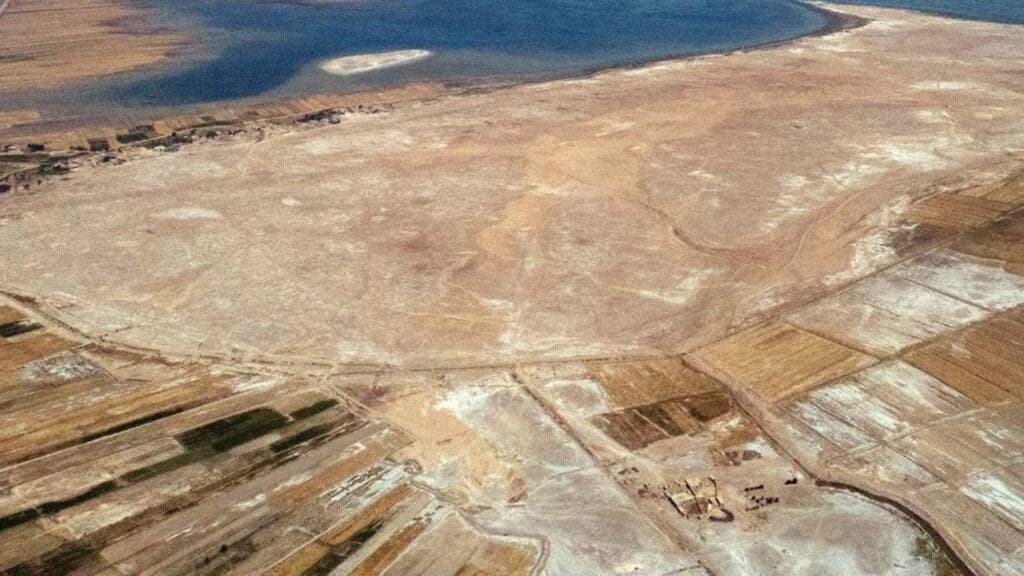Mesopotamia is seen by historians as the cradle of the first civilization. Lying on the fertile lands between the Euphrates and the Tigris rivers, Mesopotamia is where many key inventions arose and social structures were created. But despite all this research, scientistsare still finding relics of our ancestors from several thousand years ago — sometimes by digging and other times by looking from above.

Using drones, scientists from the University of Pennsylvania looked at the Mesopotamian settlement called Lagash, made up of four marsh islands connected to each other by channels. The area used to be located between the Euphrates and Tigris rivers in what’s now southern Iraq, home to a watery lifestyle almost 5,000 years ago.
Lagash, now known as Tell al-Hiba, was a city-state first excavated 40 years ago. The site is believed to have been established between 5,000 and 4,6000 years ago and then abandoned 3,6000 years ago. But despite several excavations, researchers wanted to piece together more information about it and visualize the structure of the city.
Looking into Lagash
Archaeologist Emily Hammer collected remote-sensing data that provided evidence of the settlement and its marsh islands and waterways.

Hammer said the location of the ancient city had a significant impact on the life of its inhabitants. The findings are also another confirmation of the growing consensus that southern Mesopotamian cities didn’t expand outward from the administrative and temple districts into irrigated farmlands surrounded by a unique city wall, she added.
Each area of the city developed its different economic practices, such as fishing or collecting reeds for construction. Two of the islands were probably fenced off by walls and they could have been settled first. Field studies indicated that their inhabitants were engaged in, among other things, growing plants and pottery, Hammer said.
But how did the Lagash inhabitants move between the islands? The analysis of the drone photos suggests that boats could have been one of the solutions. Hammer also noticed the remains of footbridges. However, this is only basic information and more will be known after more excavations are carried out in the near future, she explained.
The dense clusters of mansions and other buildings in much of Lagash indicate that tens of thousands of people lived in the city during its hey day. Items excavated in the past suggested that the newcomers included people from nearby and remote villages, shepherds willing to settle and slaves brought in from neighboring city-states.
Lagash and other cities in southern Mesopotamia probably used water transport to trade between nearby settlements, allowing them to grow quite significantly, Hammer said. She compared Lagash with modern Venice, which also developed without a geographical or ritual center, allowing each city sector to develop in its own way.
The earliest Mesopotamian civilizations started to form around the time of the Neolithic Revolution, around 12,000 BC. Sumerians and Akkadians from all parts of today’s Iraq dominated the region from the begging of recorded history until the fall of Babylon in 539 BC. Then the historic land was conquered by the Achaemenid Empire. Ultimately, studies like this with modern equipment will help us better understand this pivotal period of history.
The study was published in the Journal of Anthropological Archaeology.






